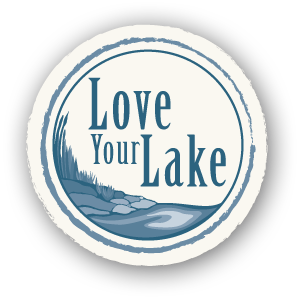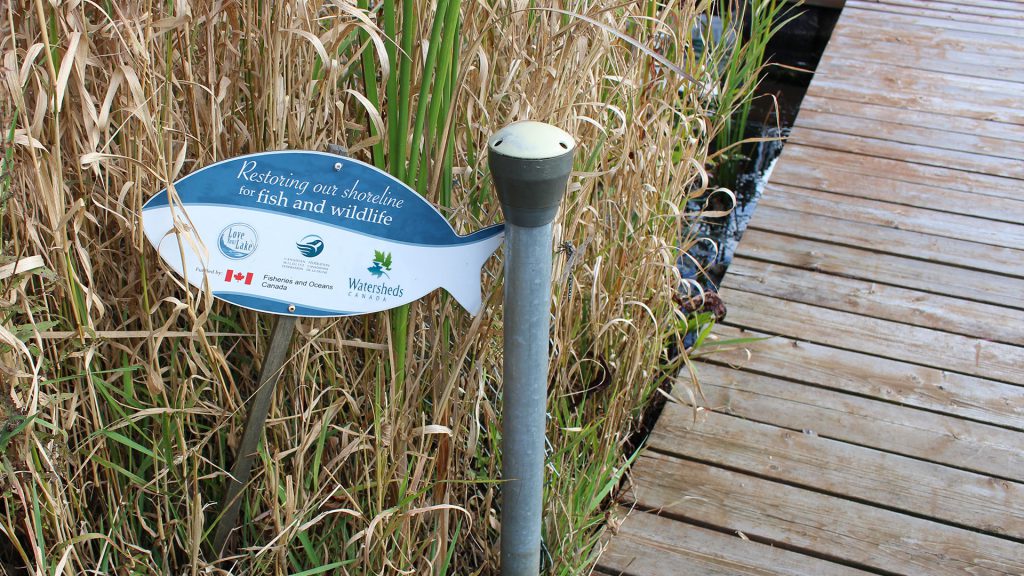Improperly developed shorelines can impact water quality, property values, fish and wildlife habitat, and relationships with neighbours. It can also result in hefty fines.
Building setbacks, permits, type of structure, size, location and materials are just some of the points that need to be taken into consideration to protect your shoreline environment. But with a little planning you can make sure you do it right.
Permits & Approvals
Before you start, make sure your paperwork is complete. It is your responsibility to make sure you meet the terms of all existing laws and regulations, which may involve more than one agency. For help in getting started, visit our Permits and Approvals section.
Building Setbacks
Developing too close to a shoreline can be a serious threat to a lake’s water quality. Building setbacks ensure you’re not building too close to the shoreline; helping reduce the risk of flooding and erosion, protecting water quality, maintaining wildlife habitat and more. Be sure to check your provincial building codes and municipal by-laws.
Building Materials
- Leave as much vegetation in place as you can. This will help keep soils in place and reduce the amount of erosion.
- Keep heavy machinery to required areas only. This will limit the amount of soil compaction and reduce impacts to vegetation.
- Try not to disrupt rocks, logs, dead trees, brush piles and stumps as much as you can. These are important to wildlife.
- Assemble as much as possible upland rather than on or near the shore so you don’t pollute the water.
- Use filter cloths, hay bales or silt fences to protect against erosion.
- Cover fill piles with tarps to prevent soil from being washed away.
- Avoid building during wet seasons to minimize soil damage by heavy equipment.
- Use galvanized steel and corrosion-resistant materials for docks or other in-water structures. They’ll cost more initially, but they’ll last longer.
Join our community
Stay up-to-date on the Love Your Lake program by receiving free updates on Canada’s lakes and rivers.
Program co-ordinated by:







